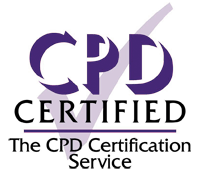Irace, Chern and Golub propose causal and non-causal mechanisms for the links between hearing loss and dementia, concluding with a discussion of several proactive measures available to help preserve neurocognitive health in older adults with hearing loss. What is age-related...

